Introduction
Mulberry leaves, known scientifically as Morus alba, have been revered for their nutritional and medicinal properties across various cultures for centuries. Native to China, these leaves have found their way into traditional medicine, culinary practices, and even modern health supplements. One of the most fundamental steps in preparing mulberry leaves for consumption is the process of drying, particularly sun-drying. This ancient technique not only preserves the leaves but also enhances their flavor, aroma, and shelf life. However, the question arises: how long should mulberry leaves be sun-dried before they are ready for consumption?
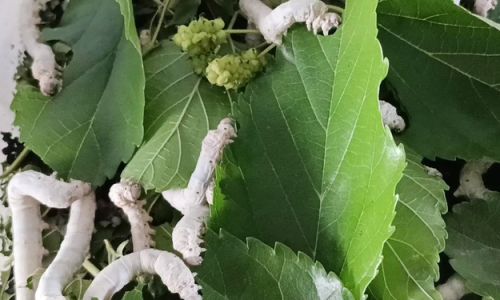
To answer this question comprehensively, we must delve into the intricacies of the drying process, the factors that influence it, and the various methods employed to achieve optimal results. By understanding these aspects, we can appreciate the art of drying mulberry leaves and ensure that they retain their nutritional value and desirable qualities.
The Importance of Drying Mulberry Leaves
Before discussing the duration of sun-drying, it is crucial to understand why drying mulberry leaves is necessary. Fresh mulberry leaves, while rich in nutrients, are perishable and prone to spoilage if not preserved properly. Drying effectively removes moisture content, thereby inhibiting the growth of microorganisms that cause decomposition. This preservation technique extends the shelf life of the leaves, making them available for use throughout the year.
Moreover, drying mulberry leaves alters their texture and flavor, enhancing their suitability for various culinary and medicinal applications. Dried leaves can be brewed into tea, used as a seasoning, or incorporated into herbal remedies. The concentration of nutrients and active compounds during the drying process also amplifies their health benefits.
Factors Influencing the Drying Process
Several factors play a pivotal role in determining how long mulberry leaves should be sun-dried. These include:
-
Climate Conditions: Sunlight intensity, temperature, humidity, and wind speed all impact the drying rate. In warmer, sunnier climates, leaves will dry faster than in cooler, more humid environments.
-
Leaf Thickness and Moisture Content: Thicker leaves with higher moisture content will take longer to dry compared to thinner, drier leaves. The initial moisture content of the leaves is a critical determinant of drying time.
-
Method of Drying: Sun-drying is a natural, cost-effective method, but it is highly dependent on weather conditions. Other methods, such as oven drying, air drying, or the use of desiccants, offer more control over the drying process and can significantly reduce drying time.
-
Desired Degree of Dryness: The final moisture content of the dried leaves is a matter of preference and application. For instance, leaves dried for tea may require a different level of dryness compared to those used for herbal remedies.
-
Leaf Preparation: Whether the leaves are washed, sorted, and cut before drying can also affect the drying time. Proper preparation ensures even drying and improves the quality of the final product.
The Sun-Drying Process
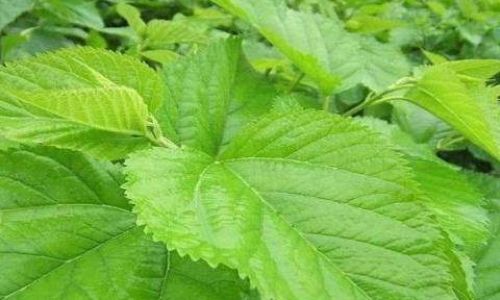
Sun-drying mulberry leaves is a traditional method that harnesses the power of natural sunlight to preserve the leaves. Here’s a step-by-step guide to the process:
-
Harvesting: Choose leaves that are healthy, pest-free, and preferably from mature mulberry trees. Harvest them in the morning when they are fresh and dew-free.
-
Cleaning: Gently rinse the leaves under running water to remove dust, dirt, and any residual pesticides. Pat them dry with a clean cloth to remove excess water.
-
Sorting and Cutting: Sort through the leaves, discarding any damaged or diseased ones. Depending on the intended use, you may want to cut the leaves into smaller pieces for more uniform drying.
-
Laying Out: Spread the leaves in a single layer on clean, dry surfaces such as tarpaulins, bamboo mats, or screens. Ensure that the leaves are not overcrowded to allow for even exposure to sunlight.
-
Sun-Drying: Place the laid-out leaves in a sunny, well-ventilated area. The duration of sun-drying will vary based on the factors mentioned earlier. In general, it can take anywhere from a few hours to several days.
-
Initial Stages: During the first few hours, you may notice a significant reduction in moisture content as the leaves begin to wilt and lose their fresh green color.
-
Intermediate Stages: As the drying process continues, the leaves will turn darker in color and become more brittle. They may curl up or shrink in size.
-
Final Stages: When the leaves are fully dried, they will be brittle to the touch, with a dark brown or blackish hue. They should snap easily when bent and should have a very low moisture content.
-
-
Storing: Once dried, transfer the leaves to an airtight container and store them in a cool, dark place to prevent further degradation. Properly stored dried mulberry leaves can retain their quality for several months to a year.
Determining the Optimal Drying Time
Given the variability in climate and leaf characteristics, it is challenging to provide a definitive drying time for mulberry leaves. However, there are several indicators and techniques that can help you determine when the leaves are sufficiently dried:
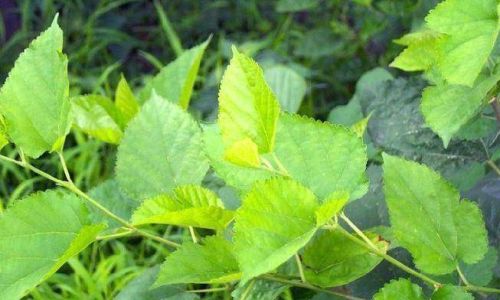
-
Texture and Appearance: As mentioned earlier, fully dried leaves will be brittle, dark in color, and may have curled or shrunk in size. They should snap easily when bent.
-
Moisture Content: Using a moisture meter, you can measure the moisture content of the leaves. For most applications, a moisture content of around 5-10% is considered optimal.
-
Weight Loss: Weigh the leaves before and after drying. A significant reduction in weight (typically around 70-90% of the original weight) is indicative of proper drying.
-
Sensory Evaluation: Dried leaves should have a concentrated aroma and flavor. Taste a small piece to ensure it is not too moist or bitter.
Alternative Drying Methods
While sun-drying is a time-honored method, it is not always feasible or efficient. Here are some alternative drying methods that offer more control over the process:
-
Oven Drying: Using a conventional oven or a food dehydrator, you can set a specific temperature and drying time. Oven drying typically takes several hours at temperatures ranging from 120-150°F (49-66°C).
-
Air Drying: In areas with consistent, low humidity, leaves can be hung in well-ventilated spaces to dry naturally. This method can take several days to a week.
-
Desiccant Drying: Using desiccants like silica gel, you can rapidly absorb moisture from the leaves. This method requires specialized equipment and is more suitable for small-scale drying.
Conclusion
The art of drying mulberry leaves is a delicate balance of science and tradition. While sun-drying offers a natural, cost-effective way to preserve these nutritious leaves, achieving optimal drying time requires attention to detail and an understanding of the influencing factors. By monitoring the texture, appearance, moisture content, and weight loss of the leaves, you can ensure that they are properly dried and ready for consumption.
Moreover, exploring alternative drying methods can provide additional flexibility and control over the process, especially in climates where sun-drying is not feasible. Ultimately, the goal is to produce high-quality, dried mulberry leaves that retain their nutritional value, flavor, and aroma, making them versatile ingredients for various culinary and medicinal applications.
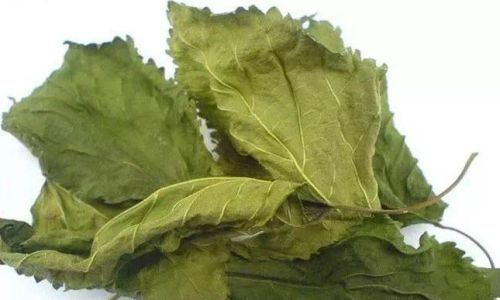
As we continue to uncover the myriad health benefits of mulberry leaves, the importance of proper drying cannot be overstated. By mastering this ancient preservation technique, we can ensure that future generations continue to enjoy the rich heritage and health benefits of these remarkable leaves.
Further Research and Considerations
While this article provides a comprehensive overview of the drying process for mulberry leaves, there is still much to explore in this field. Future research could focus on:
-
Optimization of Drying Parameters: Conducting experiments to determine the optimal drying conditions (temperature, humidity, time) for different varieties of mulberry leaves.
-
Nutritional and Medicinal Analysis: Investigating the changes in nutritional composition and medicinal properties of mulberry leaves during the drying process.
-
Sustainability and Efficiency: Developing more sustainable and energy-efficient drying methods that reduce environmental impact.
-
Consumer Preferences: Studying consumer preferences for dried mulberry leaves in terms of texture, flavor, and aroma to guide production practices.
By continuing to advance our understanding of the drying process for mulberry leaves, we can ensure that this ancient tradition remains relevant and beneficial in the modern world.




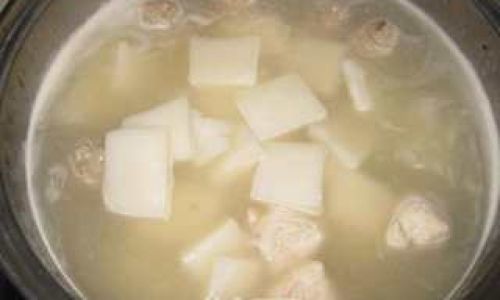
0 comments